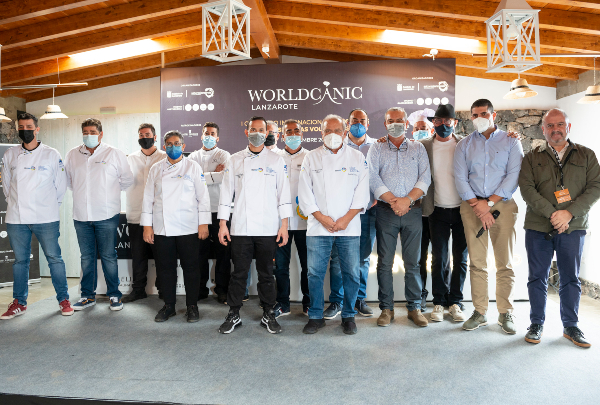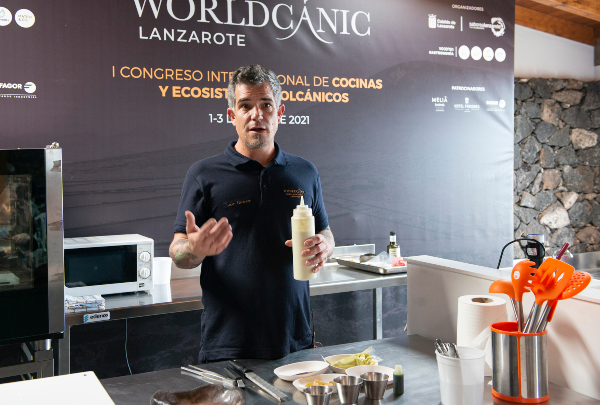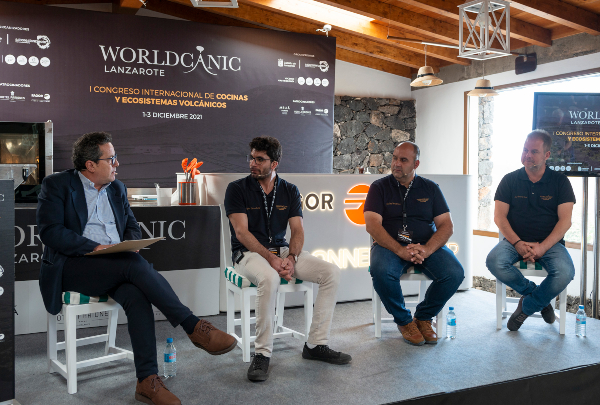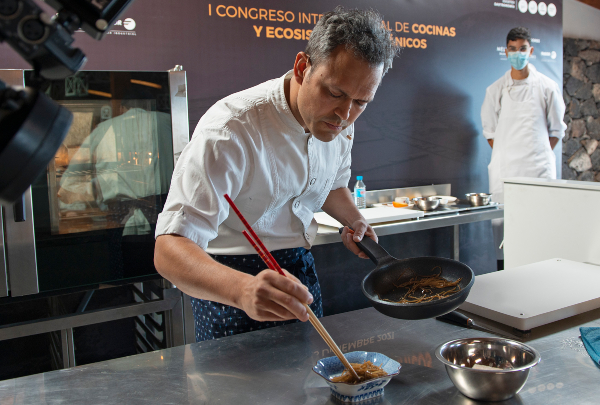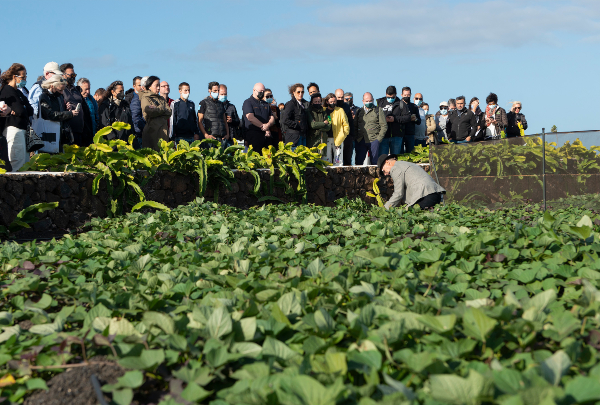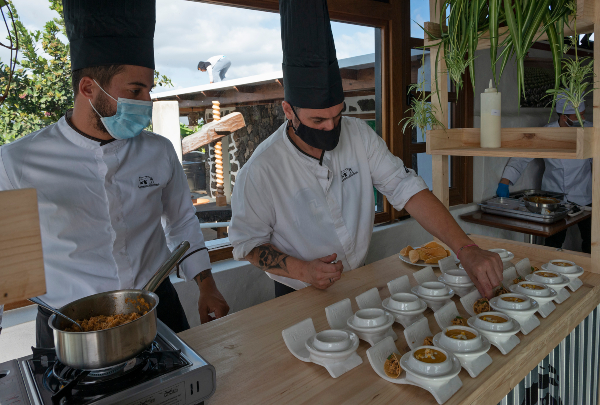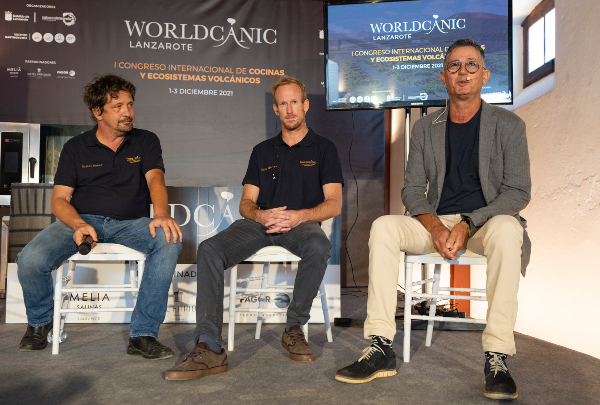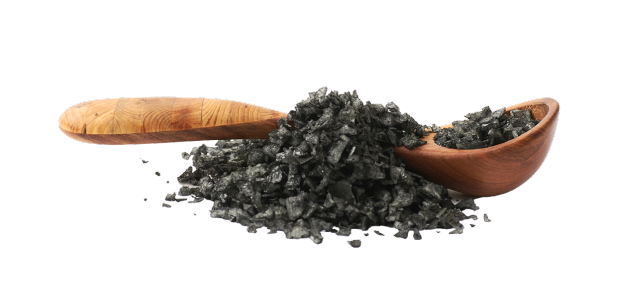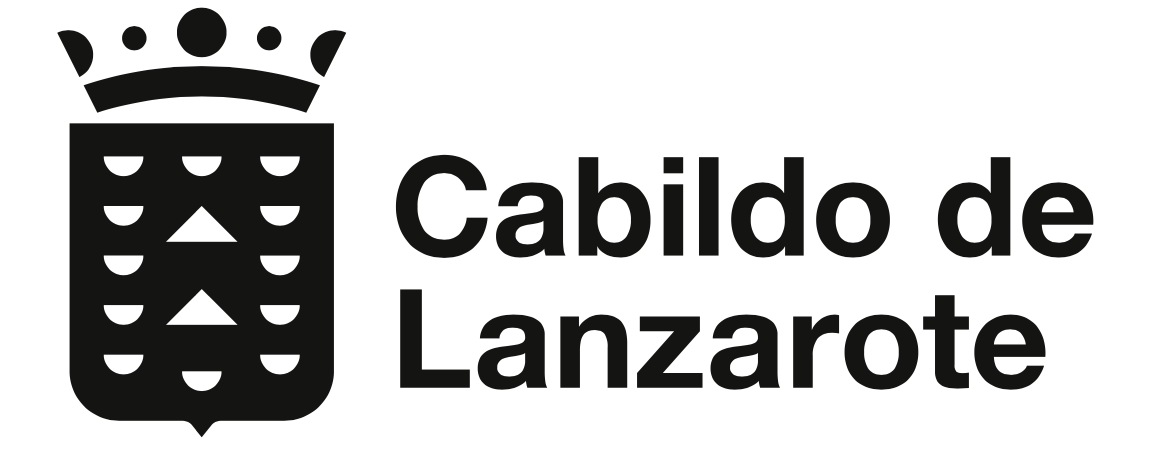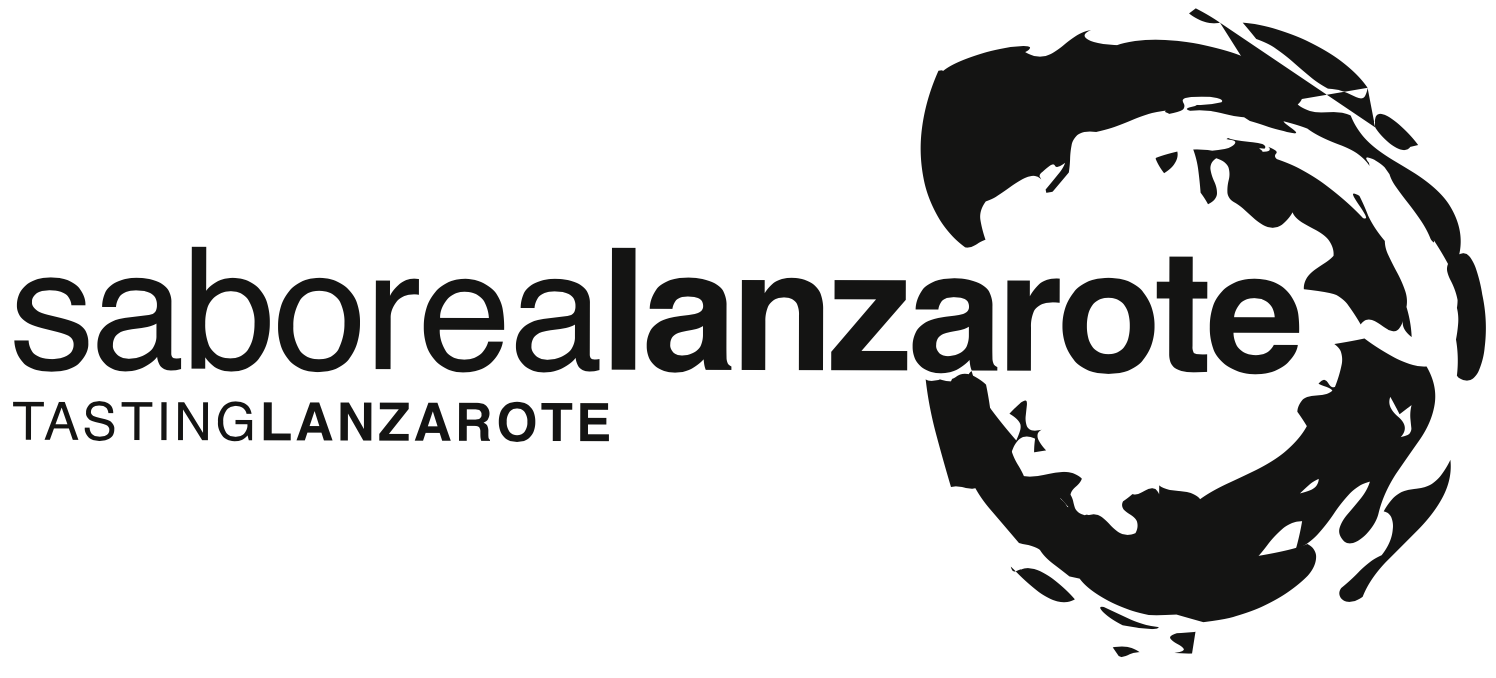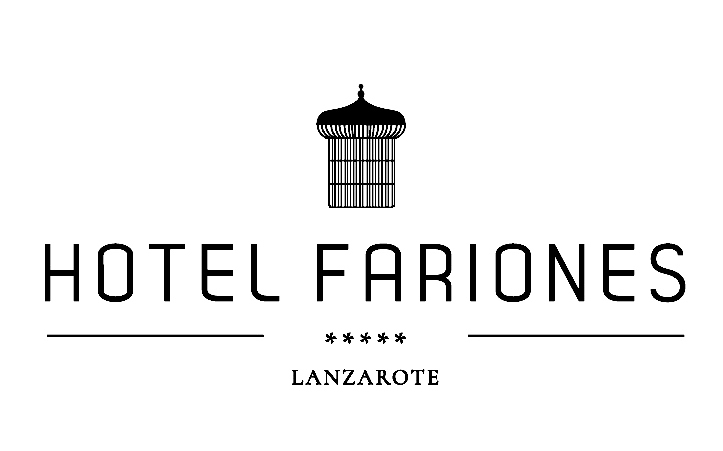News
Cooking in thermal springs
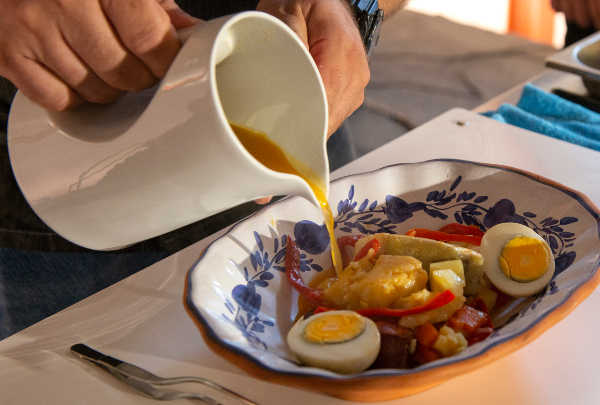
Sigurour “Siggi” Rafn Hilmarsson from Iceland and Paulo Costa from Portugal give Worldcanic a demonstration of the tastes of cooking directly in thermal springs. The former shows how he makes his rye bread, while the latter explains the Azores' most famous stew.
Two different products, but using the earth as a heat source in the same way. At Worldcanic on Thursday, Sigurour “Siggi” Rafn Hilmarsson from Iceland and Paulo Costa from Portugal showed how to use thermal springs for a particular kind of cuisine, to gain territory and also bring in tourists. All thanks to the heat provided by the thermal springs in territories formed by volcanoes, such as Iceland and the Azores islands in the Atlantic Ocean. Their recipes were rye bread and "Cozido das Furnas” stew.
Geothermal rye bread
The Icelandic chef and businessman began with an explanation of his recipe. It is an ancient formula which, like many houses in Iceland, uses the subsoil's boiling water as a source of heat. An energy source, in fact, which "has enabled us to grow a large number of vegetables we used to import. It's given us independence”, said Siggi.
He puts a pot in the earth with rye, flour, sugar, powdered yeast, salt and milk. “You give it a good mix, and the pot is left with the soil covering it for 24 hours for a natural bake”. And “when you bring it up, this is what it looks like", he said as he showed the congress-goers a piece of recently disinterred bread, which he then cut into fine slices and covered with smoked trout and Icelandic butter.
Volcanic cuisine
Siggi finished his talk by explaining that the water can also be used to cook eggs, among other things - "it takes 11 minutes”-. After today he might be trying it out with meat and vegetables, as demonstrated by Paulo Costa, chef at Caldeiras e Vulcões, amid the volcanic territory of Portugal's Azores. The Portuguese chef took over from Siggi to explain how his restaurant makes the islands' most famous and typical dish, a recipe dating back almost 100 years which used to be eaten during holidays. Cozido das Furnas, or "volcano stew".
Costa explained how it is made: “The process starts the day before, with all the meat and vegetables in the pot. The sausages and morcilla go on top, and it's the morcilla that will give all the contents their flavour. At 4 in the morning, we take it to one of the wells near the village, where the water is coming up more intensely and nearer the surface, and put it in. We leave it to cook for about 6 or 7 hours”. Costa went on to say that years ago all the food was put into blankets instead of pots. “It's still a traditional recipe, but we've improved it ...".
After his explanation, he cooked cod "which could also be cooked underground, like "feijoada" bean stew or sponge cakes", because "that's our cooking, cooking in thermal springs".

